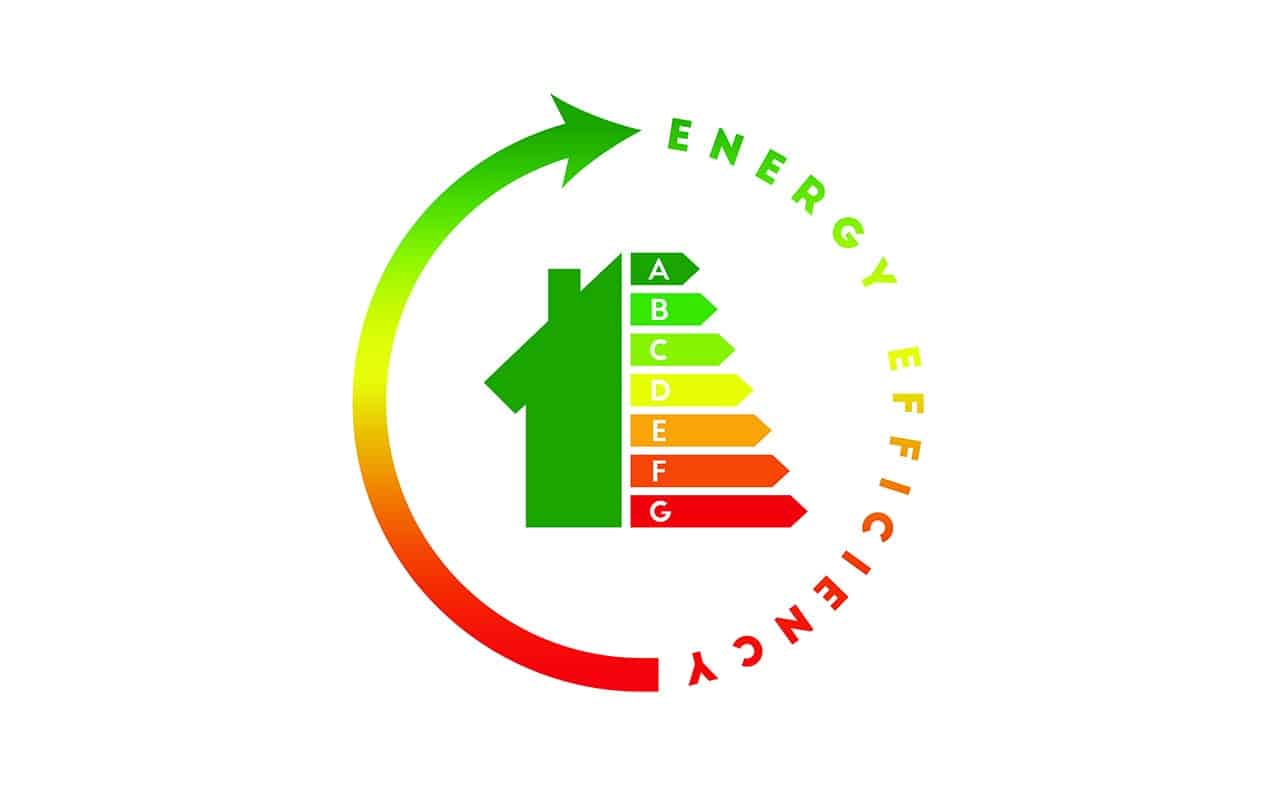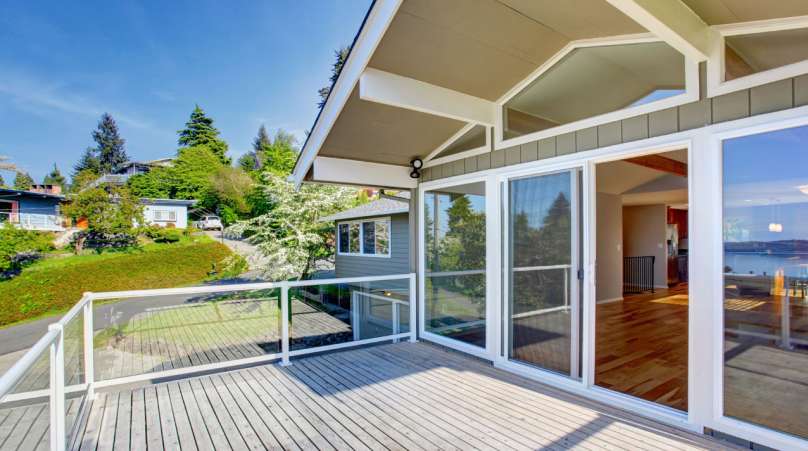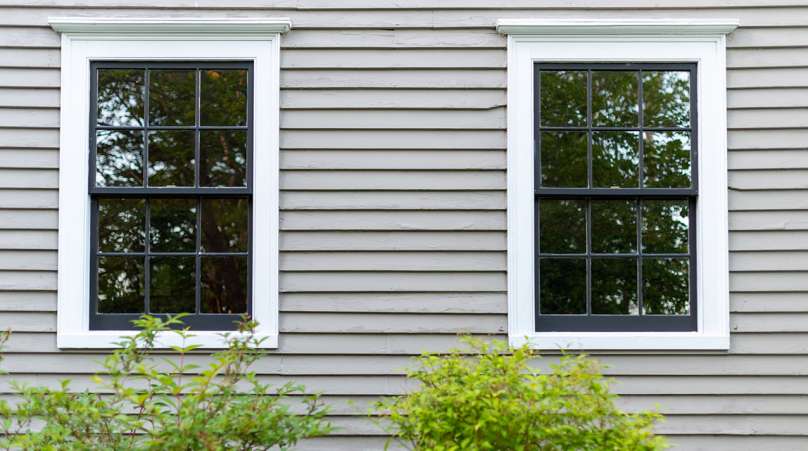
Energy-Efficient Windows and Doors
So – you’ve made the decision to purchase energy-efficient doors and windows for your home. You can congratulate yourself on having made a wise decision, because it will definitely aid in lowering your energy bill and increasing the comfort level in your household. However, that really only constitutes the first step in acquiring energy-efficient windows and doors.
Now you’ll have to actually look into all the available options, to see which kinds of materials, styles, and features may be most beneficial for your geographic area, and for your personal preferences. Once you have a good overview of all the available energy-efficient doors and windows, you’ll be better equipped to make good choices that you will appreciate for a long time into the future.
Energy-efficient windows
When you are considering the best energy-efficient windows for your household, you should keep in mind that dual-pane glass is twice as good an insulator as is single-pane glass, and triple-pane glass provides you with the utmost in energy efficiency. You might also want to have inert argon gas between the panes themselves, so as to improve the insulation properties, and to minimize thermal transfer.
You can also have your glass tempered, tinted, or laminated, or you can choose to install impact-resistant glass. Another way to increase energy efficiency through your window choices is to opt for low-emissivity glass coatings. These are layers which are coated onto insulating glass for the purpose of blocking harmful ultraviolet rays, for reflecting cold air and retaining interior heat during winter, and for reflecting summer heat while retaining cool interior air.
You should also take into account the climatic features of your geographic region, because that could impact the kind of windows you choose for your household. For example, if you live in the chilly Northeast, you might be especially concerned about retaining heat during winter, and reflecting heat away during the warm summers.
Energy-efficient doors
In considering entry doors, you’ll need to take into account the aesthetic factor as well as the insulating factor of your door. Fortunately, today’s entry doors are manufactured such that they combine both of these properties very well, so you won’t have to sacrifice one or the other when choosing the ideal doors. Wooden exterior doors have a definite charm and beauty, but they are actually less energy efficient than steel or fiberglass doors which have foam cores.
You might also want to consider choosing an entry door which has the look and feel of wood, but which is actually built of fiberglass, and is therefore highly energy-efficient. These fiberglass doors are virtually indistinguishable from their wooden counterparts, so you won’t have to sacrifice aesthetic appeal when choosing one of them.
For the most part, when you install patio doors, you’re looking for a door which has a high volume of glass in it so that you can see the outdoor area clearly. Of course, this means that they will be less energy-efficient than entry doors would be, but you can still choose patio doors which have a high component of energy efficiency. There are patio doors available which have two panes of glass, and an insulating layer of krypton or argon gas between the two panes. Some patio doors are also available in vinyl, fiberglass, or wood frame, which makes them automatically more energy-efficient than most.
Of course, it will also always help to have a patio door installed expertly, so that you have a tight fit, and minimal air leakage around the door area. If you’re looking for a sliding glass door, you should be able to find some energy-efficient choices, but you’ll have to keep a very close eye on the seal for these types of doors, especially if they will be used in high-traffic areas.
Keep in mind that all the friction generated by frequent opening and closing will hasten the degradation of the seals, thereby lowering the efficiency of the sliding door. The same holds true for French doors, because both panels normally open on French doors, and that means their overall energy-efficiency rating will be lower than for sliding doors. However, if you keep a close eye on the seals around your French doors, and replace them whenever you notice any air leaks, you should be able to maintain a respectable level of energy efficiency.




